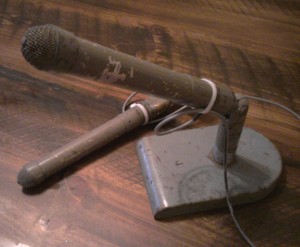 Picked up this pair of circa 1951 Electro-voice 655A mics for $25 at the flea market yesterday. These were the top-of-the line in 1951, retailing for today’s equivalent of $982 each. Wow. that’s a lot of money.
Picked up this pair of circa 1951 Electro-voice 655A mics for $25 at the flea market yesterday. These were the top-of-the line in 1951, retailing for today’s equivalent of $982 each. Wow. that’s a lot of money.
They had no cabling. Just some bare wire. They also came with this great little RCA MI 91-B mic stand.
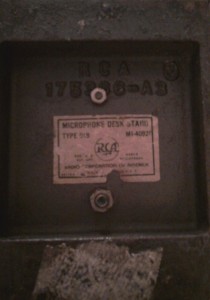 Anyhow, a quick check with an ohmmeter gave an encouraging result, so i wired them up. And they sound great! Not at all like what you would expect from 60-year-old mics that are beat to hell. Very articulate, good level, pretty high-fi. I own a ton of mics from the 50s and there are not too many American-made dynamic mics that I would actually want to use in a session. These have real potential.
Anyhow, a quick check with an ohmmeter gave an encouraging result, so i wired them up. And they sound great! Not at all like what you would expect from 60-year-old mics that are beat to hell. Very articulate, good level, pretty high-fi. I own a ton of mics from the 50s and there are not too many American-made dynamic mics that I would actually want to use in a session. These have real potential.
Anyhow, how about that circa 1951 price though? I don’t think anyone was using these at home with their wire recorder. Audio used to be serious business.
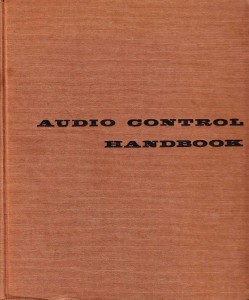 E. picked up this book at a library de-accession sale some years ago. It was published by Hastings House in 1956, and it seems to have been used an a University of Vermont communications class.
E. picked up this book at a library de-accession sale some years ago. It was published by Hastings House in 1956, and it seems to have been used an a University of Vermont communications class.
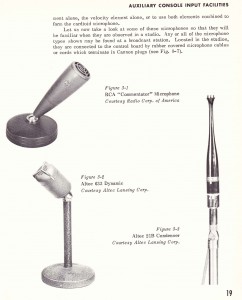 ———————————————————————- – Microphone technique and ‘identification’ is a big part of the instruction on offer here. Most of it is pretty unsurprising, but i found the extreme rigor of ‘Microphone hand signals’ to be really interesting. I have worked in broadcast production and recording studios for years and I don’t think I have ever been aware of a truly codified system of ‘hand signals’ for producers to use in the studio. Anyhow, here’s a quick lesson from the past. Also -check the ‘turntable hand signals’ at the end. These all need to end up in a hip hop video. “Open my mic!”
———————————————————————- – Microphone technique and ‘identification’ is a big part of the instruction on offer here. Most of it is pretty unsurprising, but i found the extreme rigor of ‘Microphone hand signals’ to be really interesting. I have worked in broadcast production and recording studios for years and I don’t think I have ever been aware of a truly codified system of ‘hand signals’ for producers to use in the studio. Anyhow, here’s a quick lesson from the past. Also -check the ‘turntable hand signals’ at the end. These all need to end up in a hip hop video. “Open my mic!”
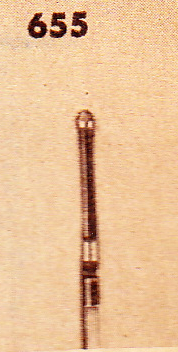
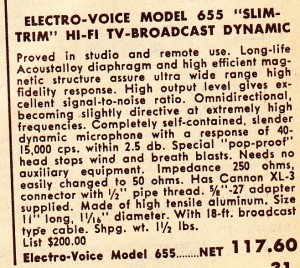
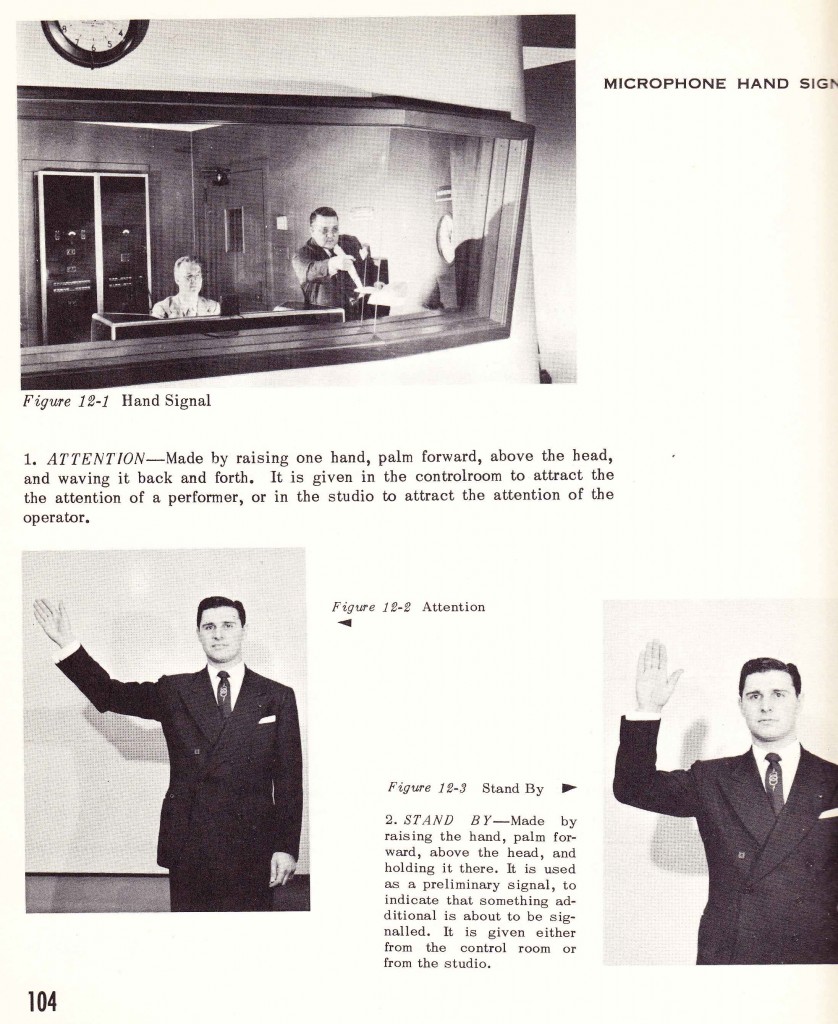
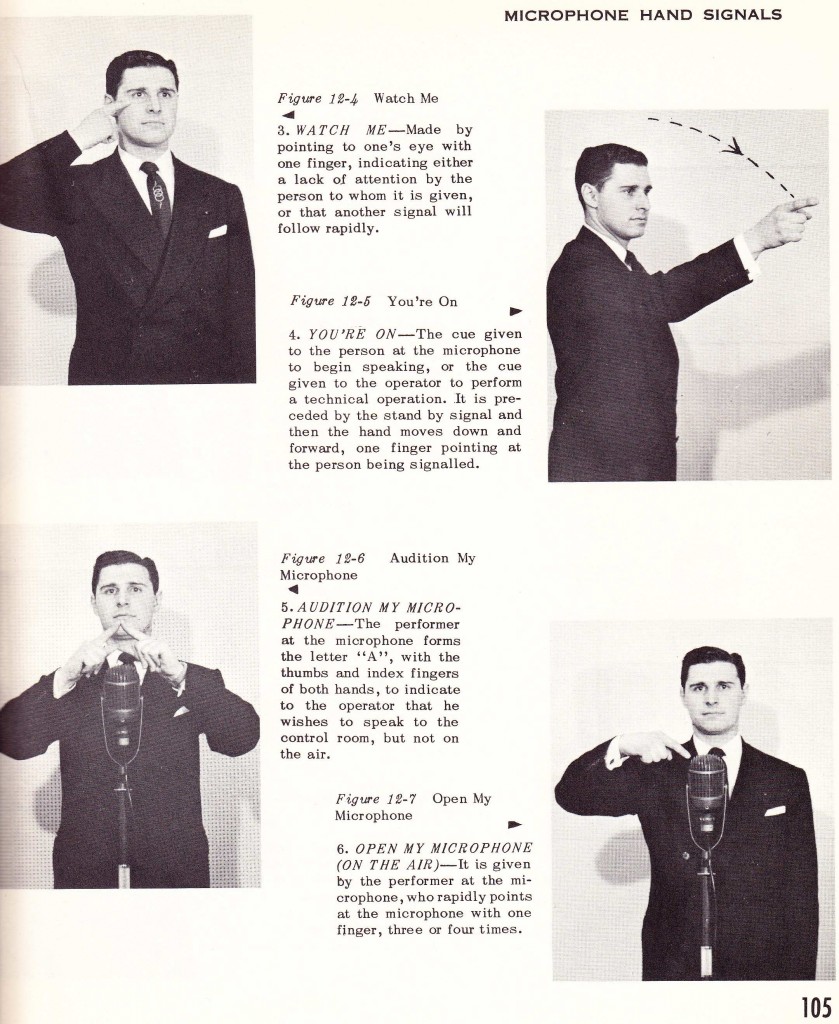
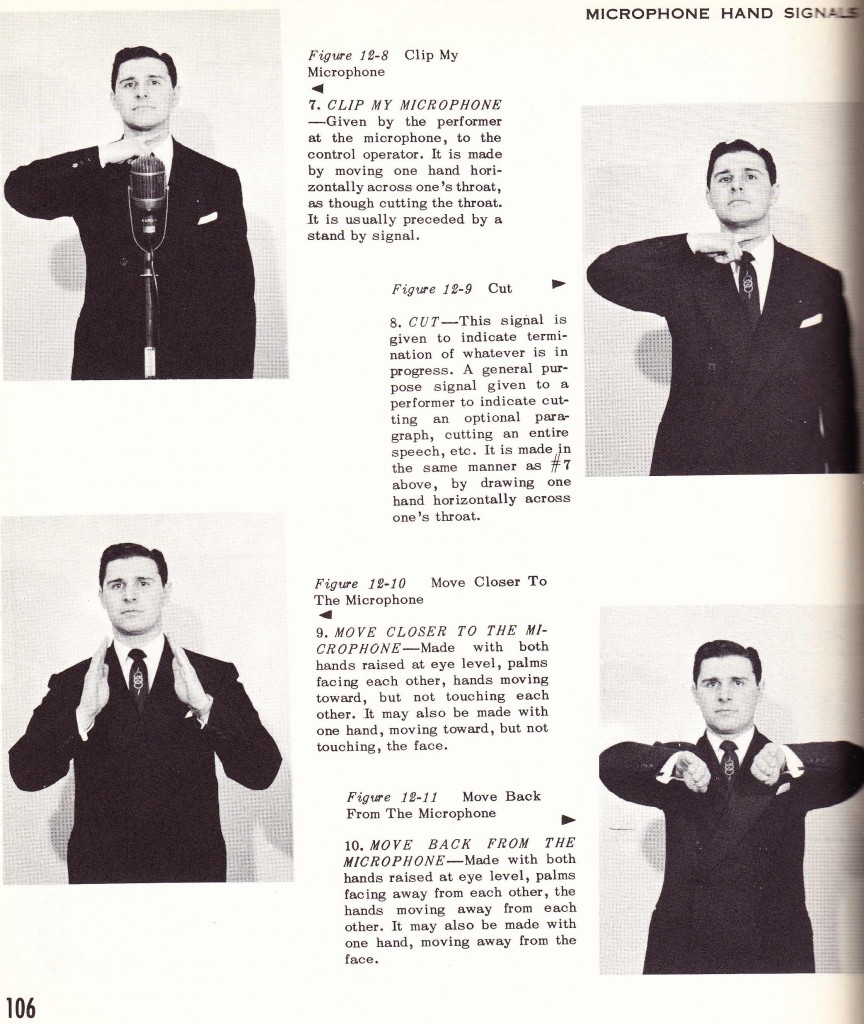
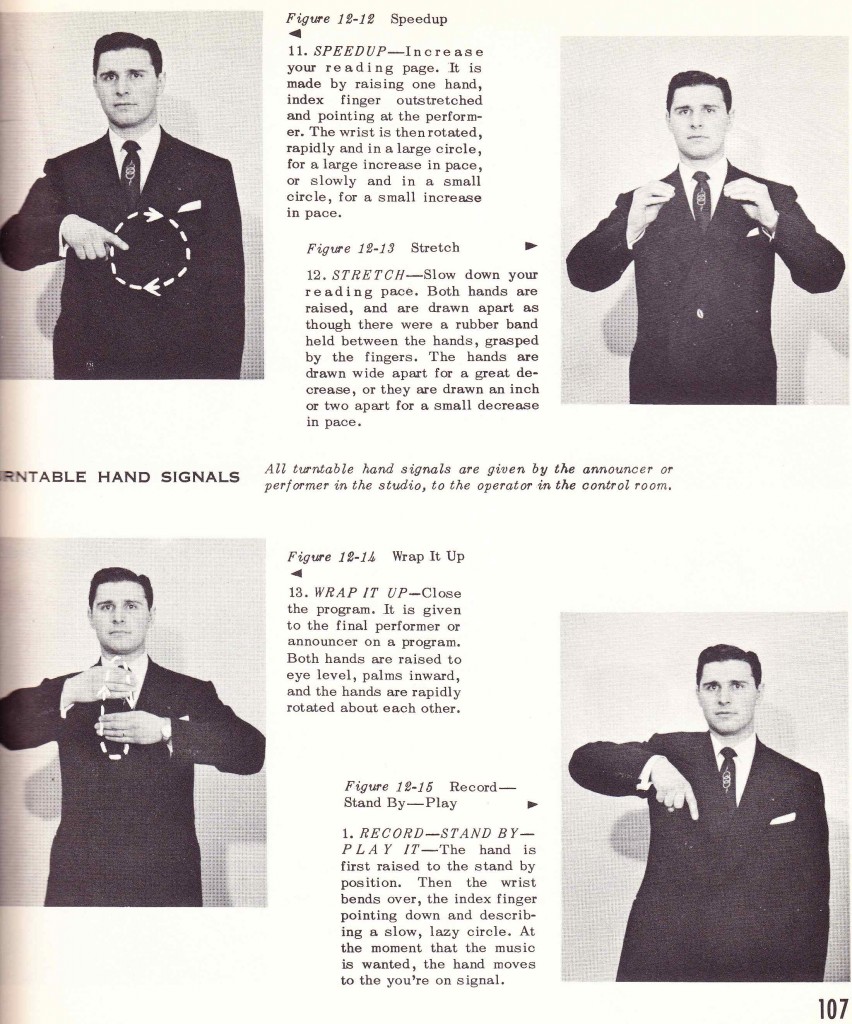
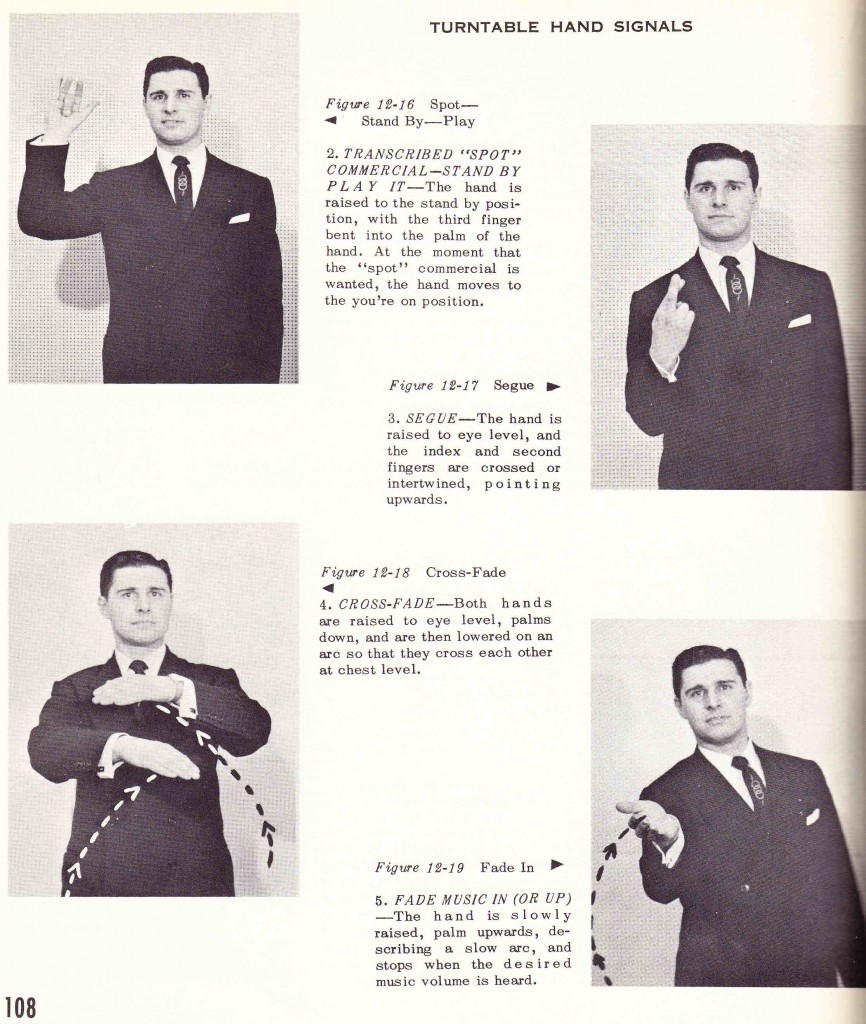
2 replies on “Microphone (hand) signals”
[…] When i first brought into the shop, it powered up but it did not work. After about 2 hours of socket cleaning, re-soldering some loose leads, replacing the 5881 tubes (they had become unmatched) , and oiling/cleaning the transport, I was making recordings. My machine only came with the 7.5 ips capstan, which is unfortunate, as this limits the top end to 7500 hz rather than 15k. Still, it sounds pretty righteous. I made a recording of a solo finger-picked guitar performance with two identical EV 655c mics in the same overhead position (these mics are also circa 1950; see my earlier post on these early hi-end studio omnis). […]
Some TV stations still use these to signal to the on air persons in live productions. I’ve seen the lead in for KOMO where the production asst. points as the broadcast starts.